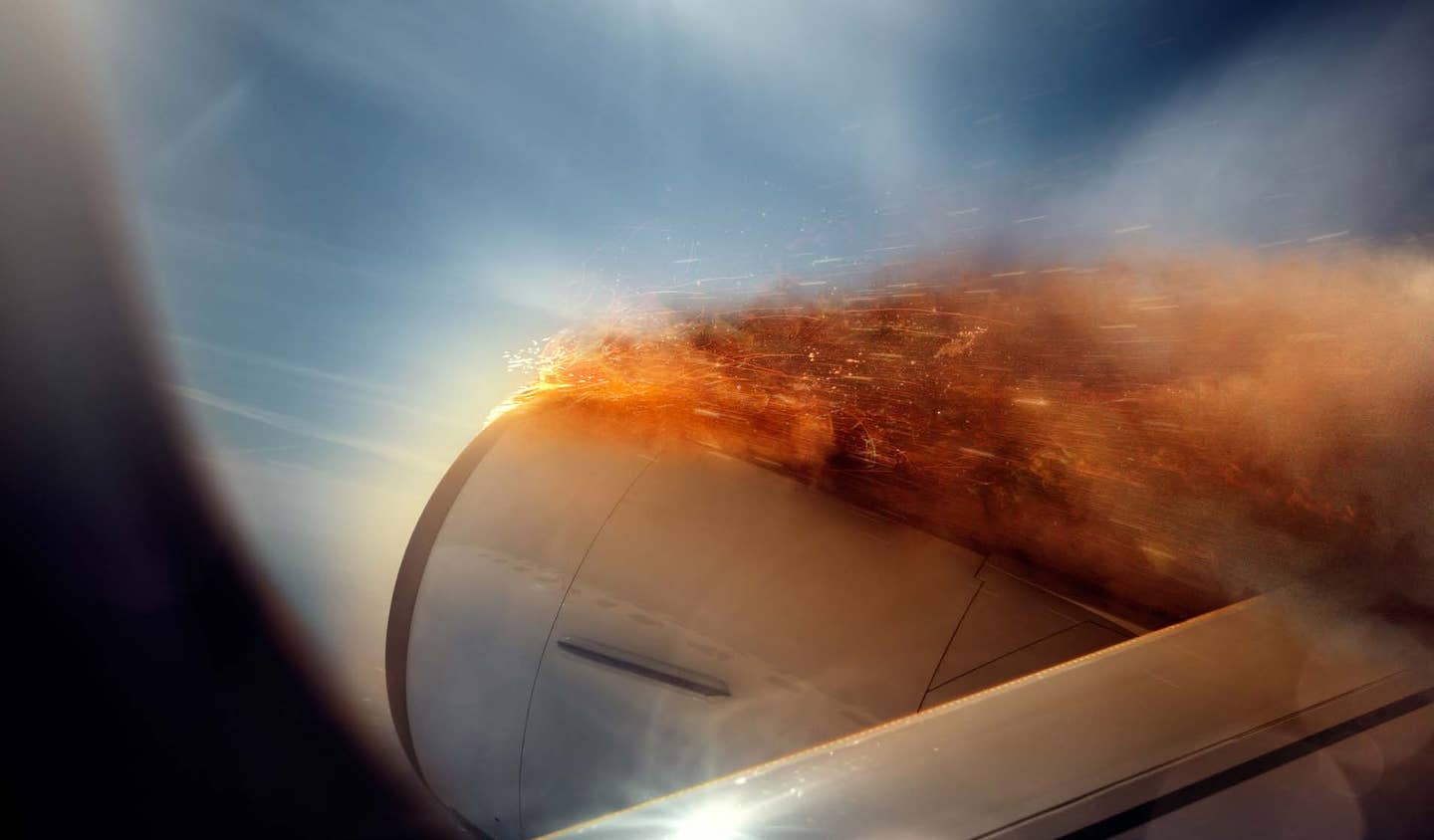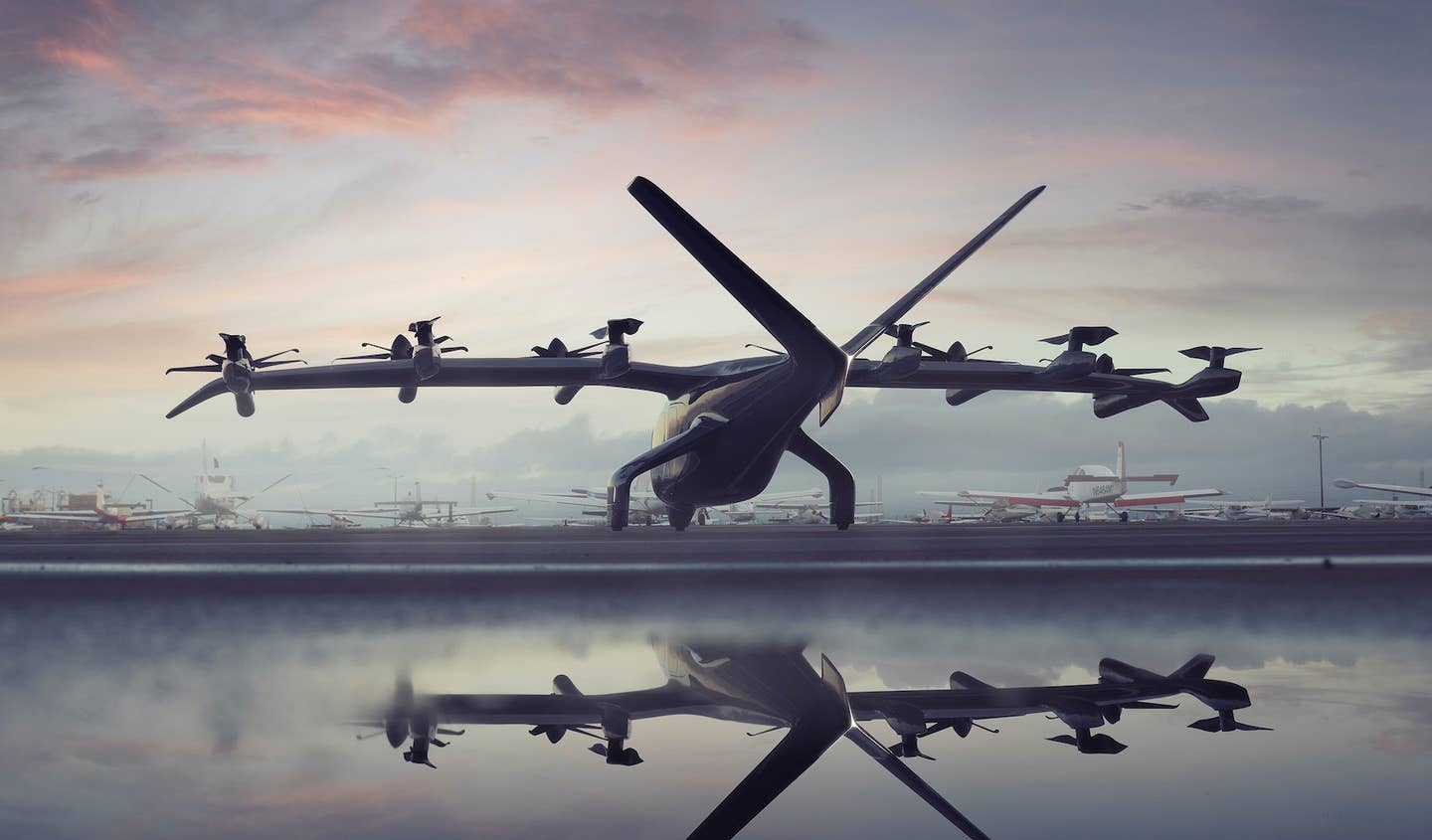
On January 9, 2007, the pilot of a Cessna 207 prepared for a cargo flight from Kenai, Alaska, south of Anchorage, to Kokhanok, 127 nm miles to the southwest. It was around 10 in the morning-but the winter sun was still below the horizon -- when he started the engine, which had been warmed during the night by an electric heater. He taxied out, then immediately returned to the ramp, where he called his employer to report that the oil pressure, while still in the green, was lower than he expected it to be. The two discussed possible reasons for the unusual indication, including the low ambient temperature (though cold usually makes oil pressure rise, not drop). The pilot decided to continue with the flight, and said that he would monitor the oil pressure before crossing the Cook Inlet.
The sun was above the horizon when the pilot called the tower again for permission to taxi. Three minutes later he was in the air, and he reported to the company office that the oil pressure was "up in the green and good to go."
Kenai is located on the eastern shore of the Cook Inlet, an arm of water that is 20 miles wide on average. Near Kenai, however, the inlet narrows to less than 10 miles. Perhaps because he was now running a little late, the pilot, who usually crossed the water at the narrowest point, reported that this morning he was going to "go down" from his normal route, meaning, apparently, that he would navigate direct to Kokhanok, taking a diagonal track across the inlet.
Less than 10 minutes later, the pilot contacted Kenai tower. "I have a mayday. I've, ah, substantial vibration has occurred, ah, I can't see, ah, problem, I'm mid-channel, descending."
The Kenai tower controller asked for his position. "I'm mid-channel, headed for the (unintelligible) … I'm headed into the water." He gave his precise coordinates: 60:40.940 north latitude, 151:43.542 west longitude. "Mayday, mayday," he repeated-and nothing more.
The company's director of operations, preparing himself to take off in another plane, heard the mayday call and flew toward the area of the accident, as did several other aircraft. Despite the pilot's having given precise coordinates, there was some confusion about his location, and it was not until two hours later that an ELT signal was received and a ship located the airplane, which by now had been carried almost nine miles southwestward by the ebbing tide. Almost intact, the 207 was nose down in the water beside a foot-thick, 100-yard-long slab of floating ice on which a crewman reported seeing tire tracks leading to the point where the plane had gone over the edge.
The ship hoisted the airplane aboard. The pilot was not in it, and searchers were never able to locate his body. Time of survival in the freezing water would have been 30 minutes, of consciousness half that; the pilot was presumed to ?have survived the landing, but died in the water.
The 207's engine was destroyed, the crankcase holed by the connecting rod of the No. 1 cylinder. Other rod bearings were scored and discolored by heat, and the oil screen was full of metal chips.
A portable GPS was removed from the wreckage and its record of the flight downloaded. The altitude at which the engine failure occurred was 1,439 feet. The stored ground track showed the airplane beginning to lose height and turning toward the promontory that projects from the western shore of the channel at its narrowest point.
According to the owner's manual, the 207 would glide about 2.1 miles from an altitude of 1,500 feet. (Incidentally, the prop control was found in the cruise position. The pitch of a windmilling propeller significantly influences gliding performance, and the best glide requires coarse pitch, that is, low rpm and the prop controller pulled all the way back.) Assuming a glide ratio of 8:1, the airplane would have had to be at least 3,300 feet at the middle of the narrowest point of the channel to glide to either shore. Where the water is 20 miles wide, a height of 7,000 feet would be required just to reach shore.
The company operations manual did not specifically address the question of the altitude at which to fly over water, but that, the owner explained, was because pilots were expected to comply with the FAR. The FAR contains a couple of references to overwater flight by landplanes. Part 135.183 states that "No person may operate a land aircraft carrying passengers over water unless … at an altitude that allows it to reach land in the case of engine failure." This commonsense rule did not strictly apply to the accident flight, however, because it carried cargo, not passengers. Another pertinent section is Part 91.205, which deals with equipment requirements, and specifies that "if the aircraft is operated for hire over water, and beyond power-off gliding distance from shore, approved flotation gear [must be] readily available to each occupant … ." The pilot, in this case, had no survival gear or flotation device.
The owner of the company, who was also the chief pilot, told the National Transportation Safety Board that he usually crossed the Cook Inlet at its narrowest point, which required flying a short distance northwest from the base on Kenai. With regard to company policy, he said that it was "to fly at an altitude that would allow an airplane to reach shore … The FAR requirement to maintain adequate altitude over water to reach power-off gliding distance to shore, in the event personal flotation devices are not carried aboard the aircraft, is very clear, and this FAR is clearly covered in our training as well as the practical aspects of the requirement to maintain adequate altitude over water in a single-engine aircraft to reach a suitable landing area due to the very limited chance of survival in the event an aircraft does go down in the cold waters of Alaska."
The accident pilot had been hired about eight months earlier. He had over 5,000 hours at the time of the accident, including more than 500 hours in the Cessna 207. About four weeks after being hired, he had taken a Part 135 proficiency check with an FAA inspector at Anchorage, and had been found unsatisfactory in emergency procedures and judgment. He had passed on a retest the following day.
The NTSB finding of probable cause was: "The total loss of engine power during cruise flight … which resulted in a ditching into ice-covered ocean water. Factors contributing to the survivability of the accident were the pilot's improper decision to fly over frigid water without sufficient altitude to reach a suitable landing area, the lack of written policy and procedures by the operator requiring sufficient altitude to reach shore when crossing ocean waters, temperature extremes consisting of sub-zero air and below freezing water temperatures, and the lack of personal flotation/survival equipment."
The question of the lack of survival equipment is somewhat mooted by the fact that potential rescuers did not reach the airplane until after it had been in the water for over two hours, far beyond any expectation of human survival. Since there was no requirement to carry a raft, and even in a raft the pilot would have been exposed to -20° air temperatures for two hours while soaking wet.
The issue of judgment is more pertinent. The pilot had been concerned enough about the low oil pressure to taxi back to the ramp and report it to his employer. Yet he seems to have allowed their discussion to lull him into a state of such complacency that, after stating that he would monitor the oil pressure after taking off, he neglected the elementary precaution, which a healthy respect for the Fates and Furies would commend even in temperate weather, of remaining within gliding distance of land. To be sure, a wise pilot would always remain within gliding distance of some landable place, whether he was flying over water or mountains or forests. How many do?
This article is based on the National Transportation Safety Board's report of the accident and is intended to bring the issues raised to the attention of our readers. It is not intended to judge or to reach any definitive conclusions about the ability or capacity of any person, living or dead, or any aircraft or accessory.

Sign-up for newsletters & special offers!
Get the latest FLYING stories & special offers delivered directly to your inbox






